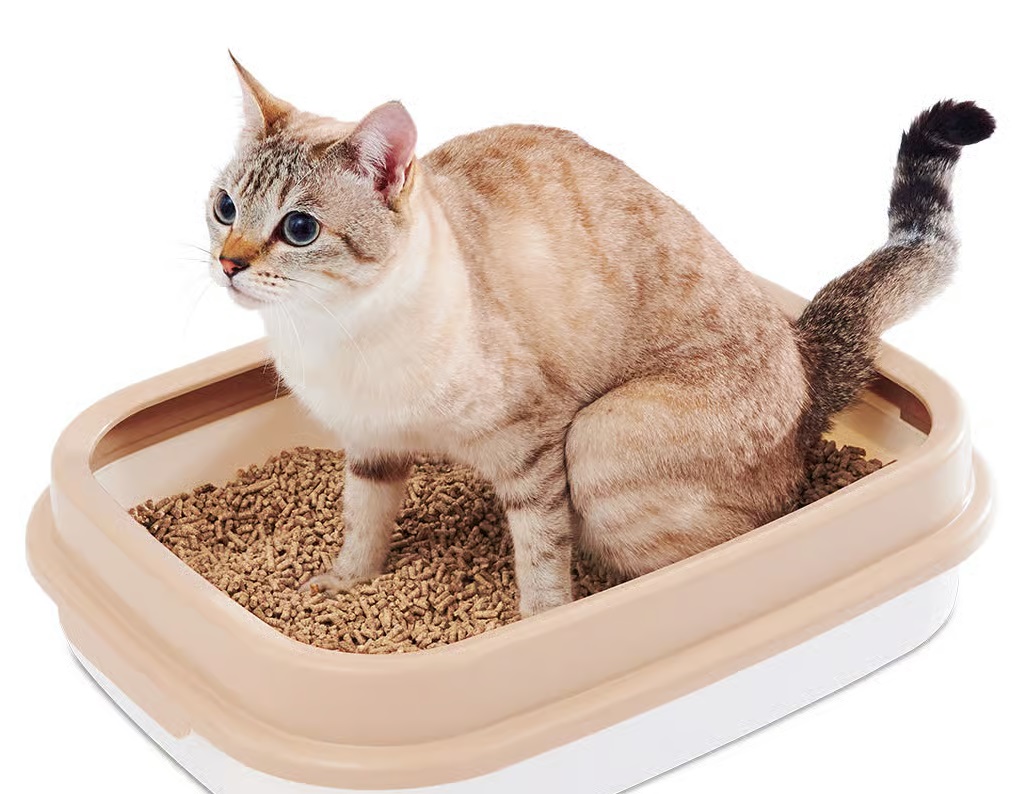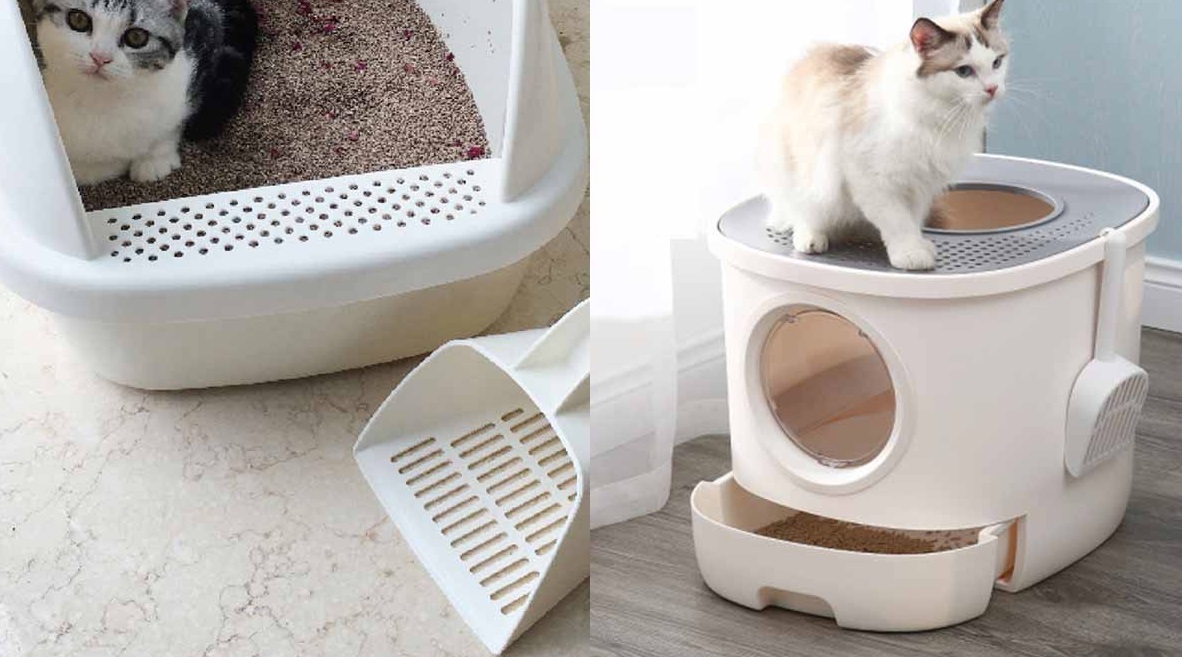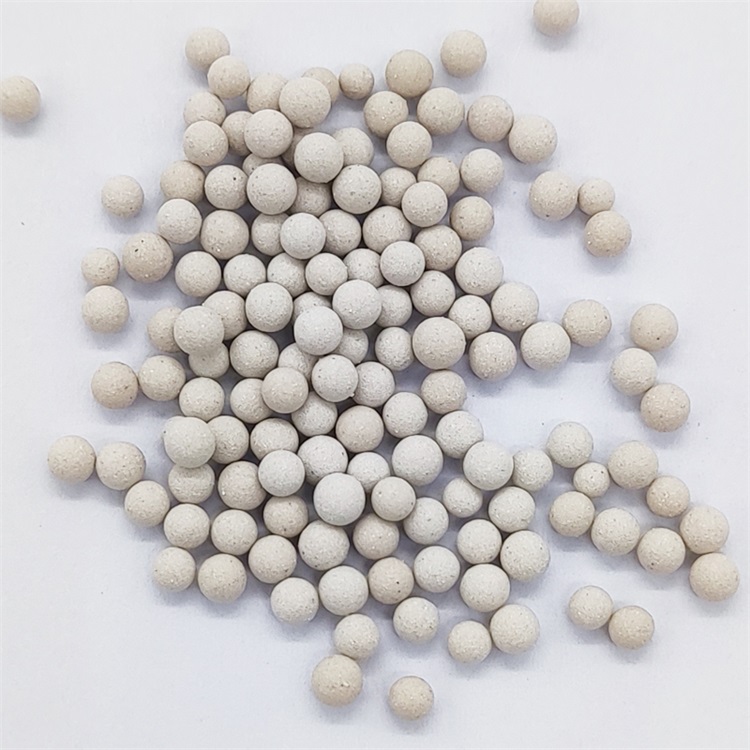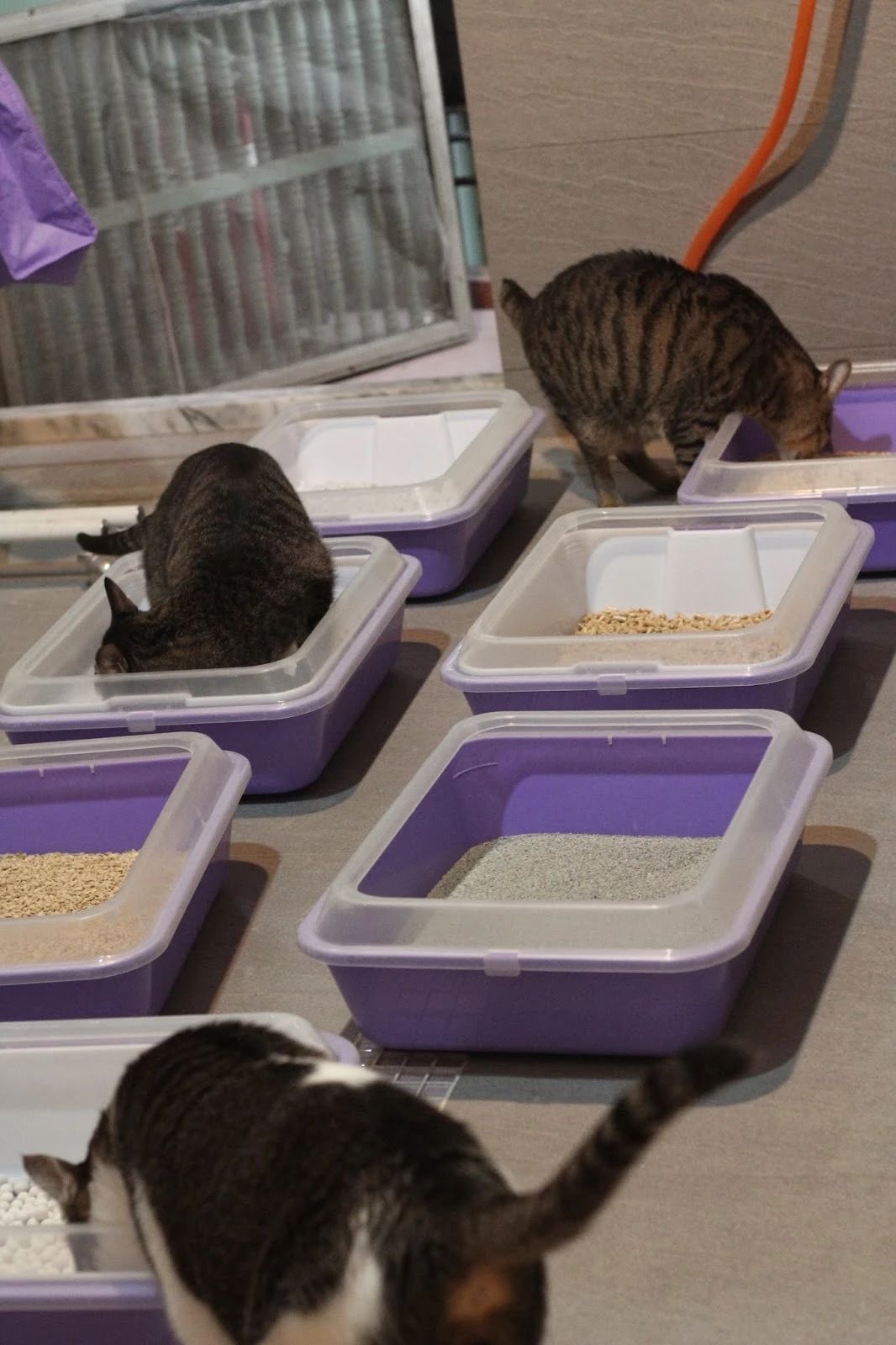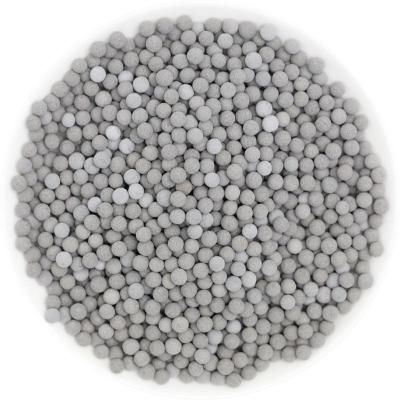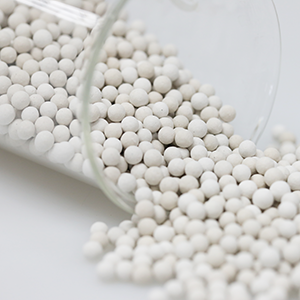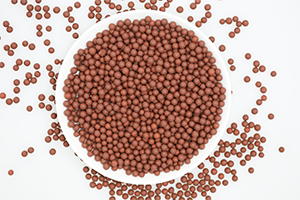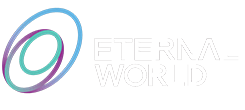Zeolite Ceramic Balls: Technological Innovation in the Cat Litter Industry
Behind a single cat lies more than 50 kilograms of annual cat litter consumption and a billion-dollar technological battleground.
For example, China’s cat litter market exceeded 10 billion RMB in 2023, with an annual growth rate of 29.78%. Behind this explosive growth, consumer demand is shifting from basic cleaning to advanced functions such as antibacterial, deodorization, and health monitoring. 94% of pet owners list deodorizing performance as the primary factor when selecting cat litter, and 86% pay attention to antibacterial properties. Traditional categories such as bentonite and tofu litter, with their single function, are gradually being replaced by hybrid cat litter incorporating new material technologies—this subcategory has already taken a 20% market share and become the core vehicle of industry upgrading.
1. Market Status: Functional Upgrades as the Key Breakthrough
Demand Driving Innovation
Deodorization as a rigid demand: Ammonia, hydrogen sulfide, and other compounds in cat waste are difficult to effectively absorb with traditional cat litter, while materials such as activated carbon and zeolite can increase odor gas adsorption rates to over 90%.
Health concerns: Bentonite dust can cause feline respiratory diseases, and silica in crystal litter is associated with feline pulmonary granuloma. Consumers urgently need low-dust, antibacterial, and safe products.
Environmental upgrades: 67% of young pet owners are willing to pay a premium for biodegradable cat litter. Demand for plant-based materials such as corn starch and bamboo fiber is surging.
Supply-side Technology Race
Leading brands are achieving functional breakthroughs through material compounding. For example:
Many have adopted hybrid litter (bentonite + tofu litter) with added activated carbon, improving deodorization performance by 40%.
Embedding biguanide antibacterial agents in silica gel cat litter achieves a 99% antibacterial rate.
Probiotic cat litter with added Lactobacillus plantarum suppresses pathogenic bacteria through microbial competition.
2. Technical Pathways: New Materials Reshaping Product Logic
(1) Antibacterial Track: From Chemical Agents to Natural Minerals
Traditional chemical antibacterial agents (such as quaternary ammonium salts) have drawbacks such as strong irritation and short effective periods. Silver ion antibacterial balls achieve breakthroughs through:
Long-lasting antibacterial action: Silver ions disrupt bacterial cell membranes, inactivating E. coli and Staphylococcus aureus at rates exceeding 99%.
Safety and stability: Inorganic materials have no volatile toxicity and are suitable for long-term contact with pet skin.
Experimental comparison: After 28 days of use, cat litter with silver ions contained only 1/15 the bacterial count of ordinary litter.
(2) Core of Deodorization: Synergistic Effects of Adsorption Materials
Single materials cannot handle complex odor compounds, while an activated carbon + zeolite combination enables staged adsorption.
(3) Structural Innovation: Porous Carriers for Enhanced Efficiency
When mixing ETERNAL WORLD’s new material silver ion antibacterial balls, activated carbon balls, and zeolite balls with base litter, a sandwich-structure design optimizes performance:
Bottom layer: Bentonite for quick water absorption and clumping.
Middle layer: Zeolite balls lock in small-molecule odors.
Top layer: Activated carbon balls + silver ion balls for antibacterial and deodorizing action.
3. Converging Trends: The Dual Drive of Intelligence and Sustainability
Collaborative Upgrades with Smart Litter Boxes
Brands like CATLINK integrate IoT technology to combine litter functions with health monitoring:
Weight sensors + AI algorithms analyze changes in excretion weight to warn of urinary diseases.
Silver ion modules embedded in the litter box walls extend the antibacterial cycle of the litter.
Biodegradable Materials as an Inevitable Choice
Driven by both policy and consumer demand:
The EU has banned the import of non-biodegradable cat litter; domestic environmental standards are becoming stricter.
Zeolite and activated carbon have recycling rates as high as 90%, far exceeding bentonite.
4. Channel Transformation: Scenario-Based Marketing Ignites the Market
Online channels account for 76.77% of sales, with Douyin’s 2024 sales up 41.11% year-on-year. Successful cases reveal new approaches:
Scenario demonstrations: KOL livestreams testing 10-second deodorization effects—compared to Yiqi bentonite litter—drove single-session sales over 49.99 million RMB.
Precise targeting: E-commerce platforms push high-end cat litter using “antibacterial” and “dust-free” tags, increasing repurchase rates by 35%.
5. Future Outlook: Functional Modularization as the Ultimate Form
Customized solutions: Formulations tailored to cat age (kitten/senior) and health status (urinary disease/allergy).
Cross-disciplinary integration: Medical-grade silicone wound adsorption technology (e.g., for cancer exudate treatment) has been adapted to cat litter R&D.
Japanese companies have developed “health monitoring cat litter” capable of analyzing urine components to warn of diabetes and kidney disease.
The essence of competition in the cat litter market has shifted from basic cleaning to health management. ETERNAL WORLD’s mixed-material solution creates value by achieving functional modularization through material science—silver ion antibacterial, activated carbon deodorization, and zeolite adsorption are not simply stacked, but are integrated into a synergistic network at the nanoscale. When every granule of cat litter becomes a microscopic battlefield, the outcome of the billion-dollar market will ultimately be written by brands that redefine “clean” through new material technology. As one pet economy researcher put it:
“The technological revolution inside the litter box is humanity’s gentlest tribute to its companion lives.”
